Important disclaimer: The information in this article is for general information purposes only and is not legal advice. It cannot be relied on by any person for any purpose. If this article raises any issues for your practice, you should seek independent legal advice based on the facts and circumstances of your situation. The application of laws and statutes may vary depending on the circumstances. We do not assume any liability for any damage that may be caused to anyone as a result of any act or omission on the basis of the information contained in this article.
Working Draft
This week, we’ve been developing a compliance system for speech pathologists at @WeSpeechies on Twitter. Here’s a quick update of where we are at:
First, what is a compliance system?
Next, let’s look at what’s been developed at an international level. Here’s a summary of International Standard ISO19600 Compliance Management Systems (Ernst & Young):
From ISO 19600, I’ve derived an 11-step process for building a compliance system:
So let’s get to it!
Step 1: Choose a Compliance Officer.
If no-one is responsible for developing the system, it will never get off the ground. For single clinician practices, the choice is easy. It’s you!
Step 2: Build strong foundations: good governance and health ethics principles.
Here are some basic business management governance principles that work for small and big private practices:
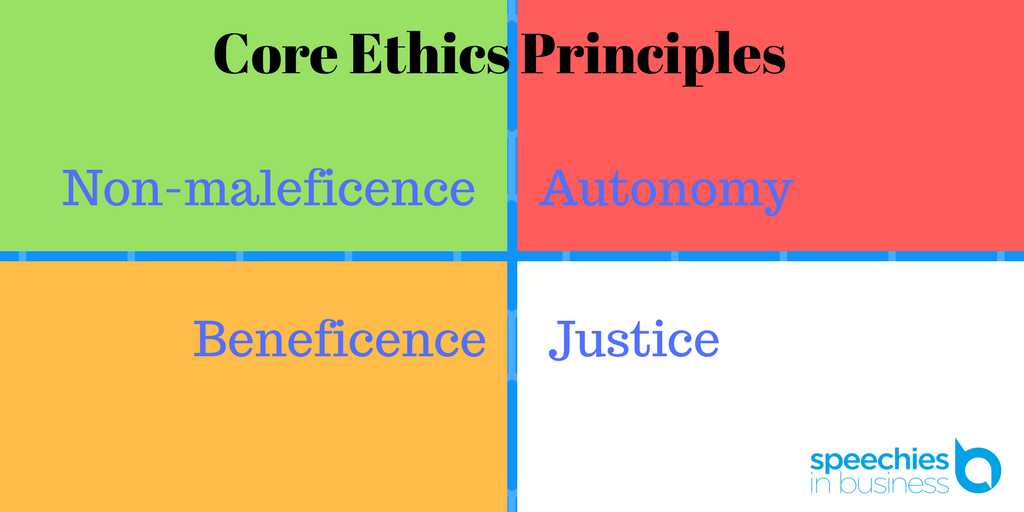
Steps 3 and 5: Identify general legal and compliance issues for your practice, and scope of system.
Compliance is not just a list of issues!
Here’s my working list of issues speech pathologists need to think about in private practice, sorted by focus:
Step 4: Identify our key stakeholders.
Here’s my working list:
Step 6: Establish a simple compliance policy.
Here’s a resource generated from our work to date:
Step 7: Identify compliance obligations and risks
7(a): What are the issues that keep you up at night?
7(b): For Australian Speech Pathologists, here’s our overview of how we are regulated.
7(c): Next, find and read the main rules that regulate speech pathologists, highlighting obligations as you go. For example, in NSW, speech pathologists’ main obligations are set out in SPA’s Code of Ethics and the Code of Conduct for Unregistered Health Practitioners.
For Australian speech pathologists in other States, the State Health regulators have agreed in principle to a National Code of Conduct for Unregistered Health Practitioners based on the NSW Code with a few critical changes. See: COAG’s Health Council documents.
So far, a few Australian States have implemented it, including Victoria, Queensland and South Australia.
7(d): Create a compliance table mapping out key compliance obligations, where to find them, and where to find practical guidance on how to meet them. Here’s our working draft, sorted by the issues identified in Step 3: WeSpeechies-Compliance-table-26-May.pdf.
Step 8: Plan how to meet compliance obligations.
8(a): Go through your Compliance Table and identify policies and procedures needed to meet your obligations. Here’s ours: WeSpeechies-Compliance-table-with-policies-and-procedures.pdf.
Here’s a list of the key policies & procedures we need to meet our compliance obligations:
Step 9: Implement policies and procedures (including training about reporting).
This is all about finalising the policies and procedures, publishing them somewhere accessible, e.g. on the practice management system, and then training staff in how to follow them and to report breaches.
A Compliance Procedure Manual is a total waste of time if people aren’t trained in what to do, especially what to do if there’s a breach. The Practice Owner/Senior Management must support staff who report breaches & near misses. Management must publish and endorse a very clear incident and escalation policy. Here’s a simple example:
To draft your policies and procedures, you can do it yourself, or look to associations or third party publishers for templates. Here’s some of our policy templates.
The key point is that policies & procedures should be drafted by someone who understands your legal & compliance obligations in your jurisdiction and must be reviewed critically by the Compliance Officer to ensure they are adequate to meet your practice’s needs/obligations.
Step 10: Test and review compliance system and breaches.
Testing includes reviewing:
- Complaints Register;
- Escalations and Incidents Reports;
- random client & staff files for compliance; and
- physical equipment.
Updates include:
- professional association news;
- regulator, government and university alerts;
- advice from professional advisors; and
- input from mentors and networks.
Step 11: Update your system.
For big, urgent or regulatory changes, you’ll need to take action immediately. The Compliance Officer should also undertake regular e.g. quarterly reviews of obligations, and policies & procedures. Again, associations can help you with this with their regular news updates.
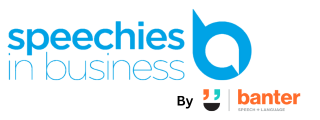
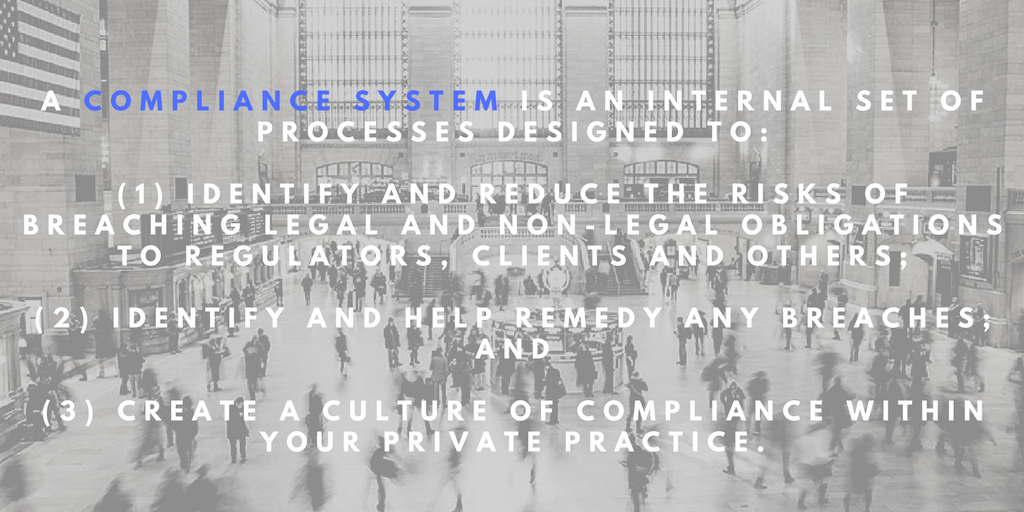
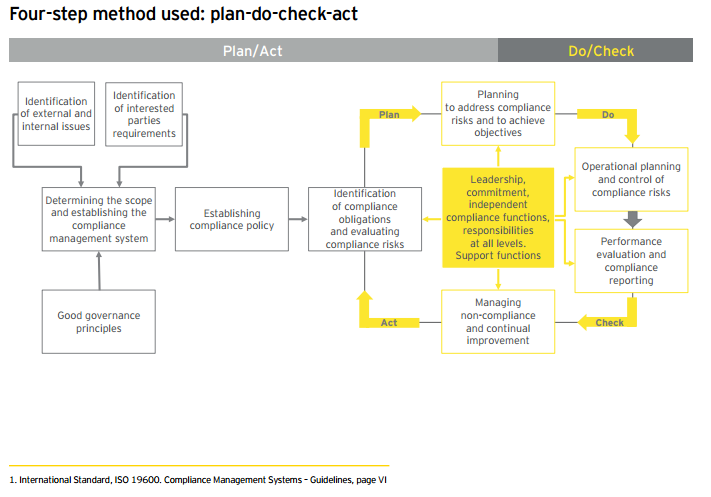
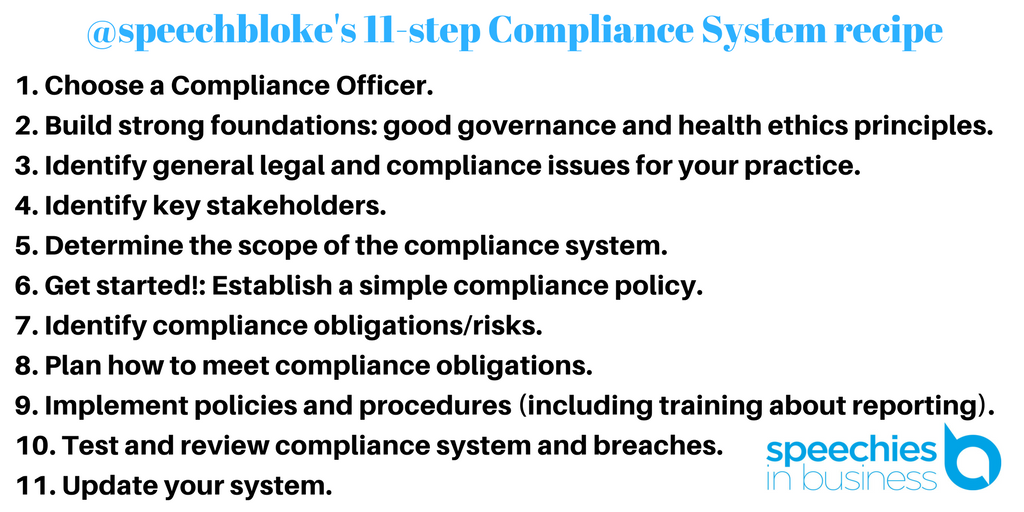
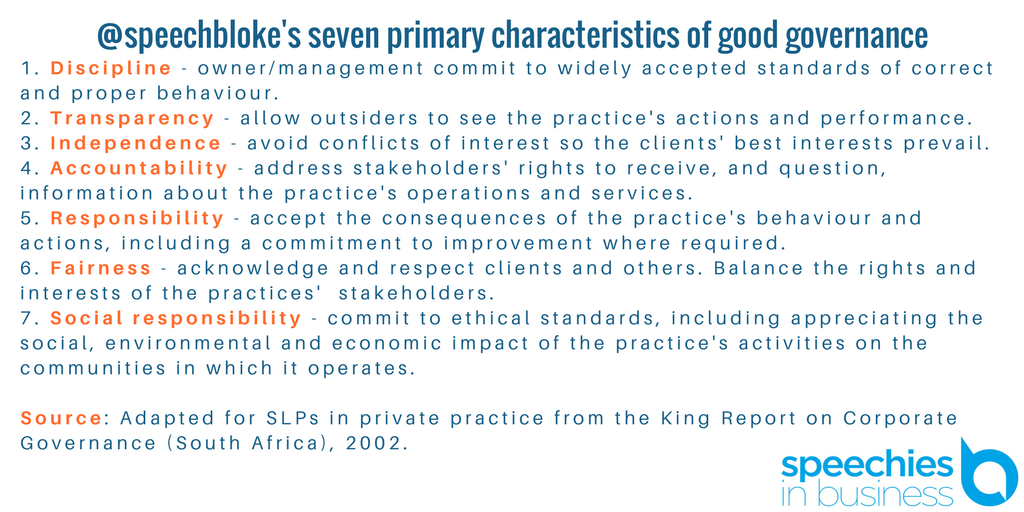
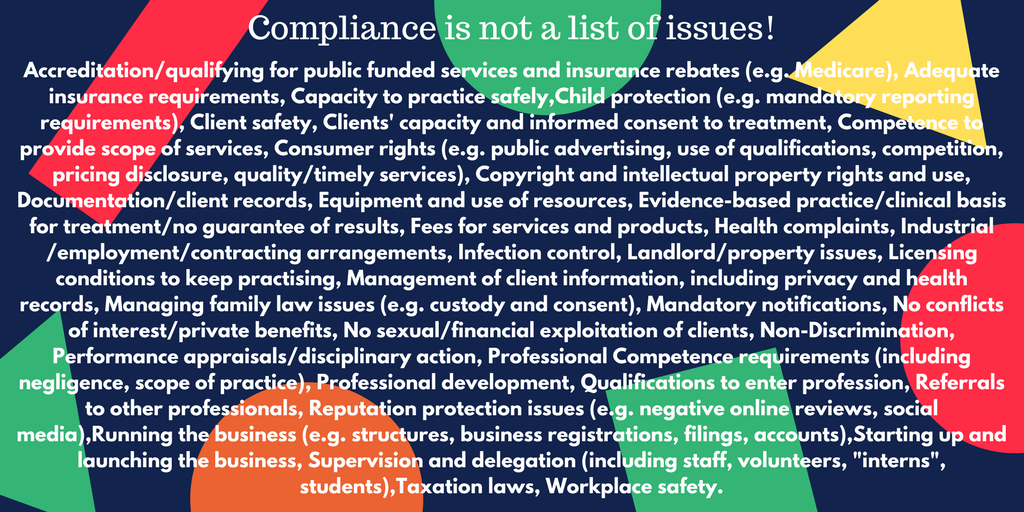
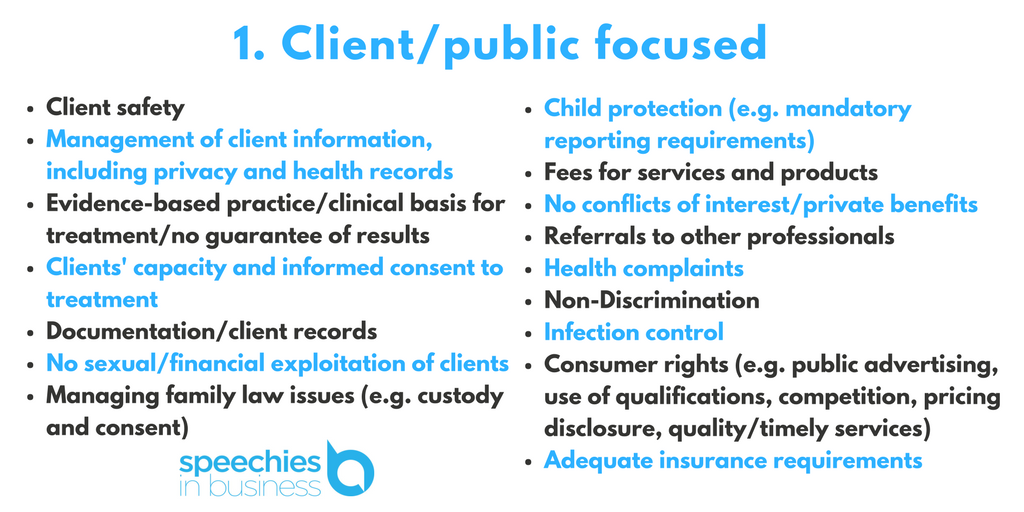
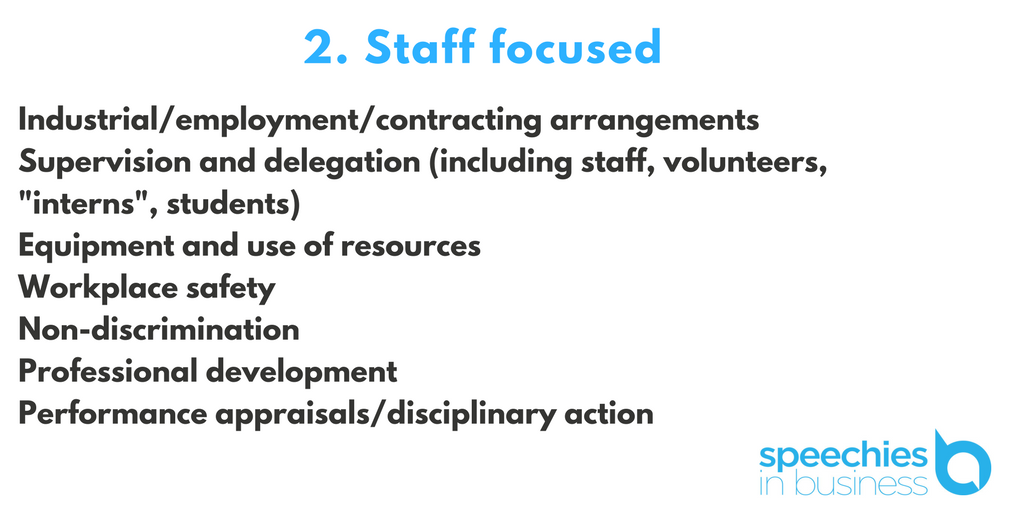
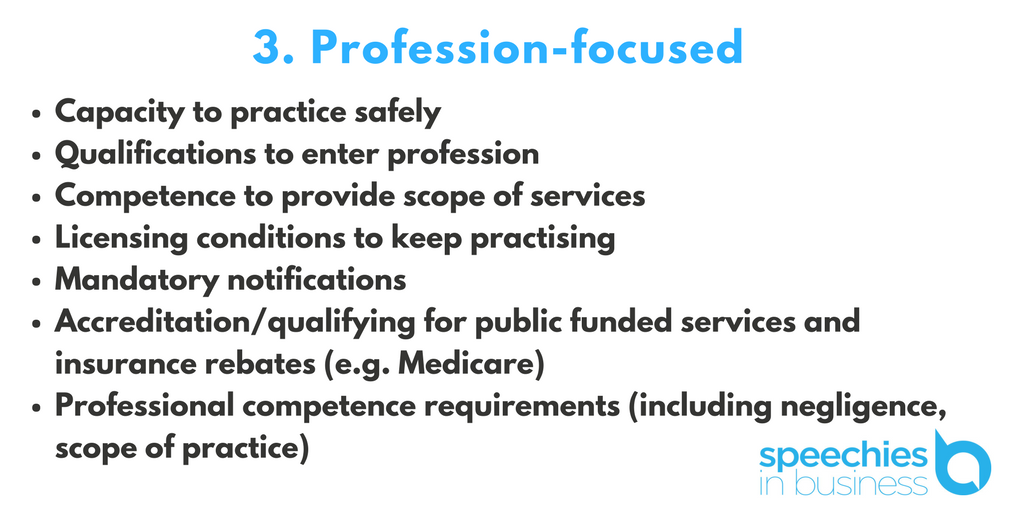
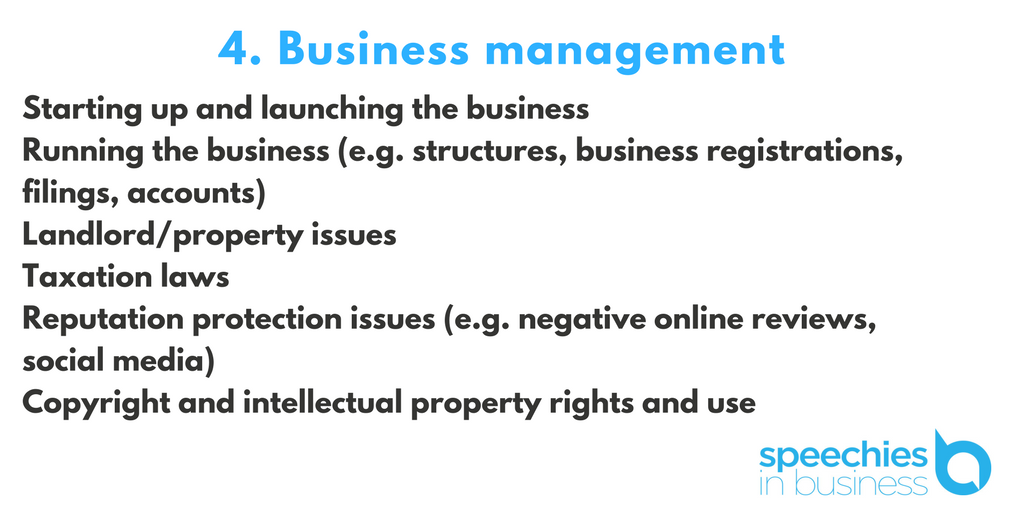
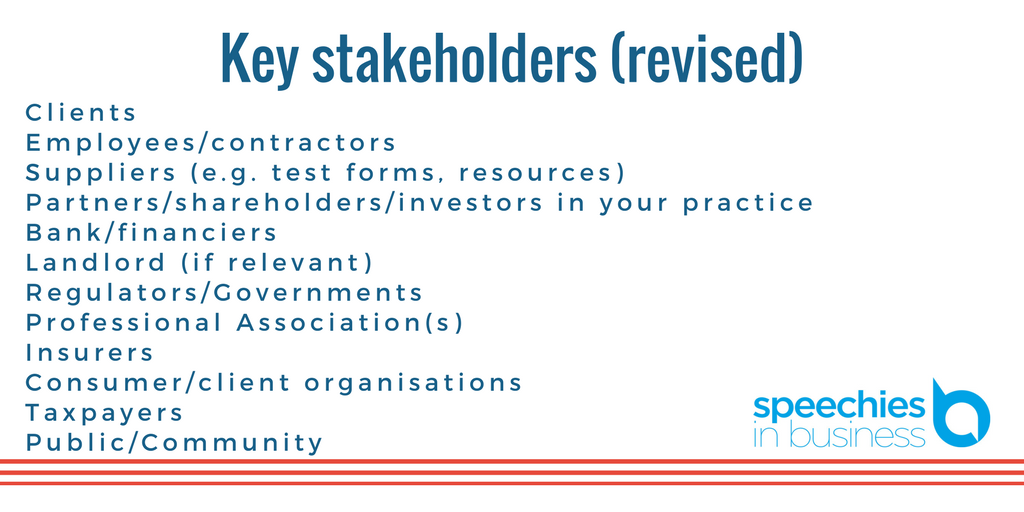
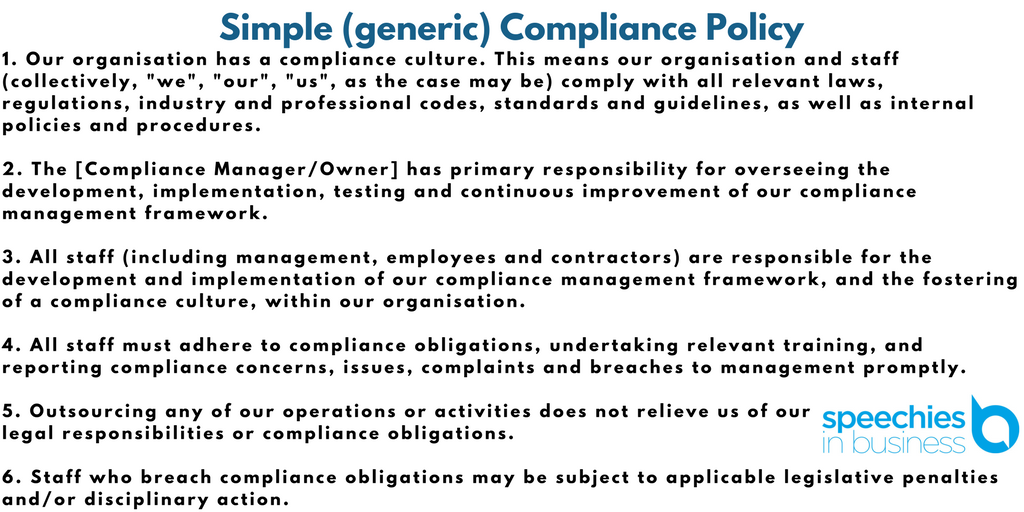
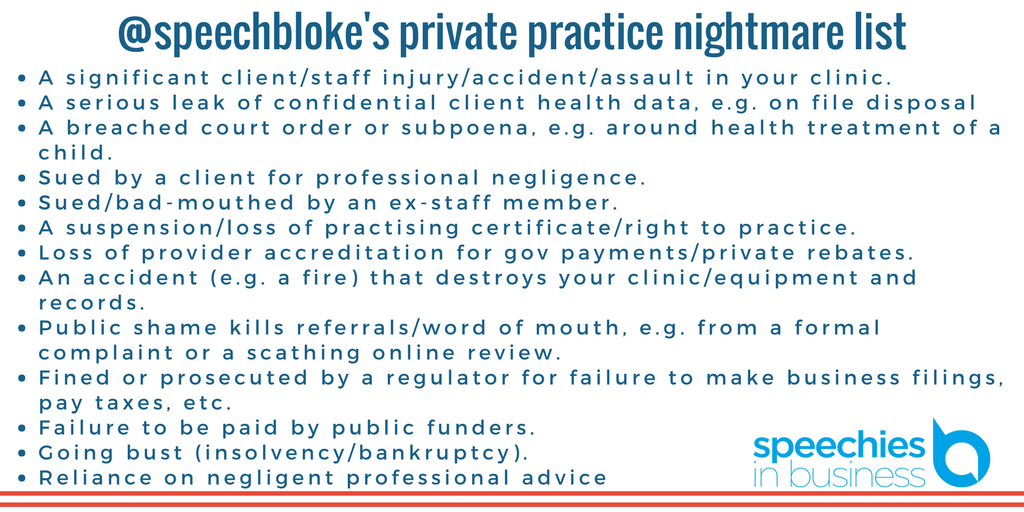
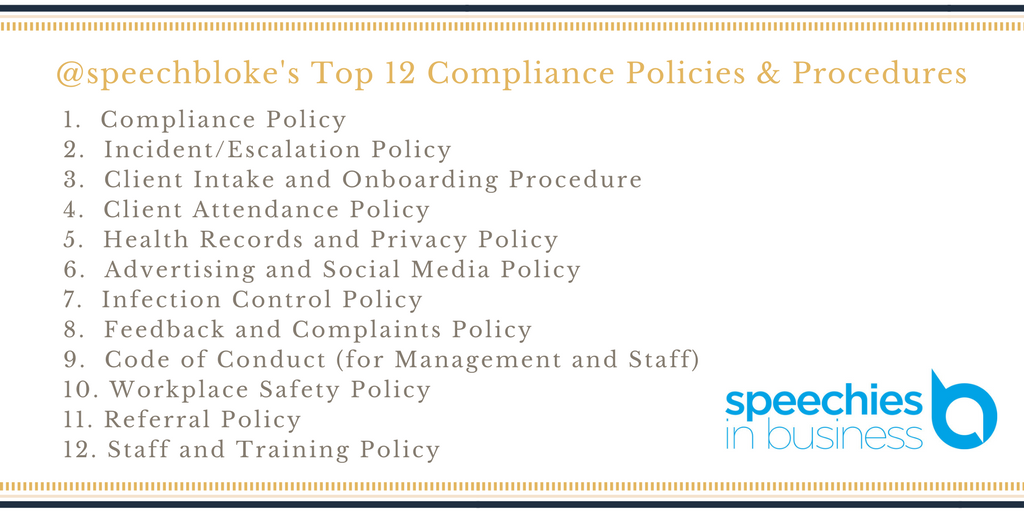
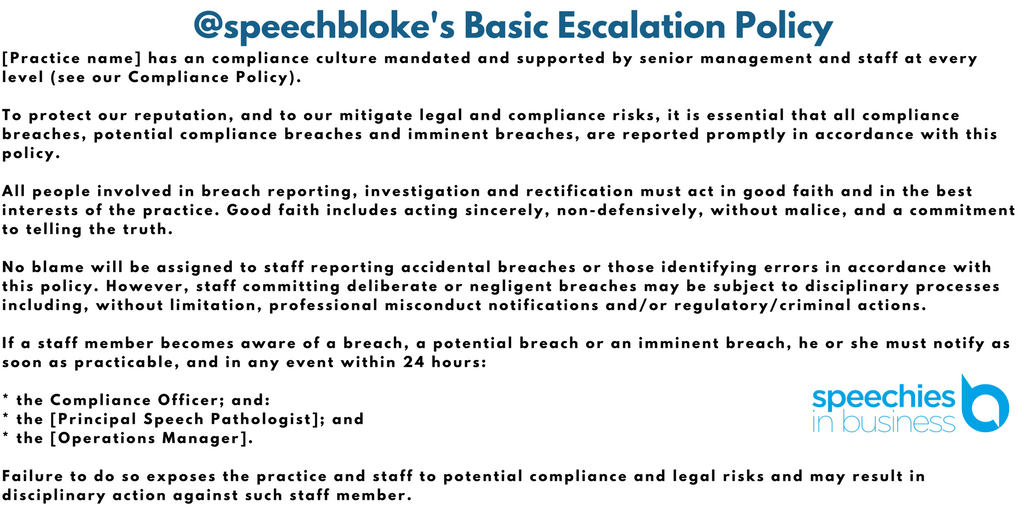

Leave a Reply